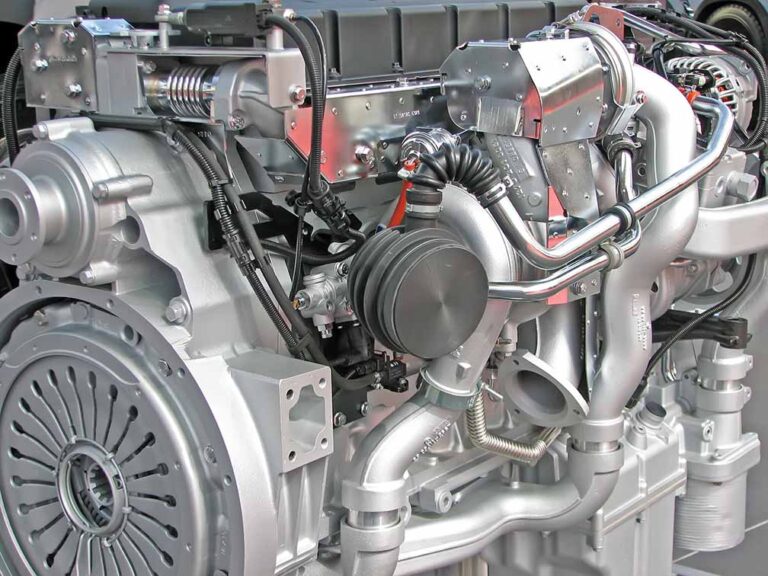WASHINGTON — The U.S. Environmental Protection Agency has updated its Greenhouse gas Emissions Model (GEM) compliance requirements for manufacturers of heavy-duty vehicle engines, including Class 8 big rigs.
According to a filing in the Federal Register, GEM version 4.0 will incorporate the following improvements to the program:
- Change limits on engine input to allow small negative torque inputs.
- Correct how GEM adjusts the idle fueling of the transient cycle by using the same idle duration time both for subtracting the idle fuel rate from the transient cycle average engine fuel map and for adding back in the simulated idle fuel rate.
- Add an option for vocational vehicles to input a value for neutral coasting in GEM and amend the related test procedure in 40 CFR 1037.520(j)(1).
- Correct manual and automated manual transmissions to perform clutched upshifts for heavy duty vehicles.
- Allow input files from previous versions of GEM.
- Change GEM to not merge drive idle fuel map with default steady-state fuel map.
- Correct errors with the default fuel maps that are used for Custom Chassis vehicles.
- Change the regression model that is used for interpolating the cycle average fuel maps for the cruise cycles to improve the accuracy and representativeness of the regression model.
- Change GEM to account for the emissions performance of stop-start automatic and engine shutdown systems (AESS) technologies when the powertrain test procedure is used to create the fuel map input file.
- Apply mass of CO2 to gallons of fuel conversion factor by combustion type instead of fuel type.
- Include a change to the carbon mass fraction for E85 to the value in Table 1 of 40 CFR 1036.530.
- Include a 5% tolerance for declared idle target speed vs idle fuel map test points.
- Change how GEM models powertrain accessory work for 55/65 mph cruise cycles and idle cycles.
- a. 55/65 mph cruise cycles — GEM uses the slope from the fuel-versus-work regression of the cruise cycle average fuel map to account for emissions from accessory work
- b. Idle cycles — GEM uses the slope from the fuel-versus-work regression of the transient cycle average fuel map to account for emissions from accessory work
- Change GEM output label “FEL CO2 Emissions” to “Default FEL CO2 Emissions” and “FEL Consumption” to “Default FEL Consumption.”
- Change units of GEM tire rolling resistance input from “kg/t” to “N/kN.”
- Update GEM hardware in the loop (HIL) to better reflect operation during transmission shifting.
The final rule is effective Aug. 29.
The requirement to start using GEM 4.0 also applies starting with model year 2024 for manufacturers generating fuel maps using either engine testing or powertrain testing.
The Trucker News Staff produces engaging content for not only TheTrucker.com, but also The Trucker Newspaper, which has been serving the trucking industry for more than 30 years. With a focus on drivers, the Trucker News Staff aims to provide relevant, objective content pertaining to the trucking segment of the transportation industry. The Trucker News Staff is based in Little Rock, Arkansas.














